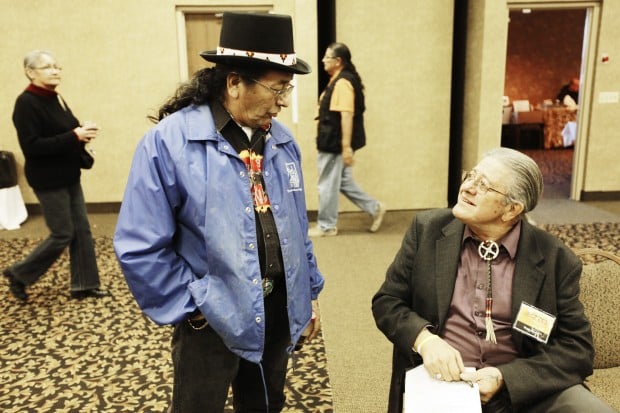Language Nest program touts early immersion for preschoolers
The Council of Yukon First Nations held workshops in Whitehorse this week, explaining the Language Nest program. The program has been successful in reviving languages in places like New Zealand and Australia, along with other parts of Canada.
In the program, fluent speakers become involved in early childhood education, creating immersion-style learning for children ages one to four.
Sean Smith of the Yukon First Nations Self-Government Secretariat said they hope to identify master speakers and potential apprentices who will eventually work with children from preschool and through their school years.





























